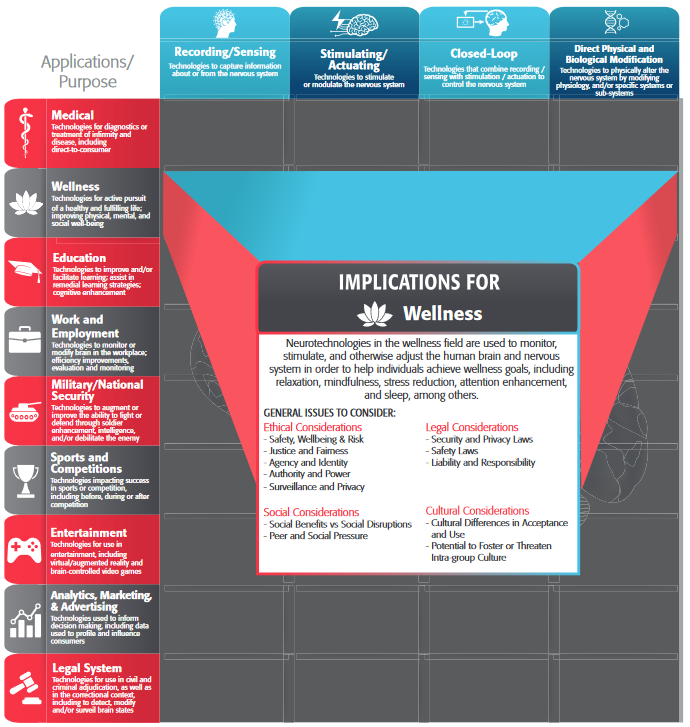Shedding light on traumatic brain bleeding with Infrascanner
RESEARCH
April 2019
Ayaz H., Izzetoglu K., Izzetoglu M., Onaral B., Ben-Dor B.
Early identification of intracranial hematomas in patients with traumatic brain injury is crucial for the successful outcome of the intervention, specifically since expansion of the hemorrhage can result in debilitating and sometimes fatal outcomes. ‘Golden period’ refers to the time immediately following head trauma where assessment of the neurological condition and medical intervention of a victim is most needed and can significantly reduce the mortality and morbidity rate. Led by Britton Chance, we and an extended team from University of Pennsylvania, Baylor and Drexel Universities developed a handheld brain hematoma detector for early triage and diagnosis of head trauma victims….
Reconstructing subcortical activities from high-density scalp EEG
RESEARCH
April 2019
Seeber M., Michel C.
A number of serious diseases, i.e. Parkinson’s, Tourette syndrome and obsessive-compulsive disorders (OCD) are directly associated with subcortical regions. Deep brain stimulation (DBS) is applied as a therapy for severe cases suffering from these diseases. While subcortical areas are known to play an important role in mediating interactions in large-scale networks, it is less clear how their dysfunction affect certain diseases. Furthermore, it is an ongoing discussion how DBS influences subcortical-cortical networks dynamics leading to the treatment’s outcome. In order to study electrophysiological dynamics in subcortical regions, implanted electrodes in these areas are needed. This neurosurgery is naturally only justifiable and possible in the framework of deep brain stimulation therapy, which restricts investigating subcortical dynamics in humans to a few case studies.
Neuroadaptive Bayesian Optimization: a closed-loop approach for non-invasive brain stimulation
RESEARCH
April 2019
Violante I.R., Leech R., Lorenz R.
Brain stimulation is an increasingly popular field, capturing the creativity of DIY brain hackers and neurotechnology enthusiasts. Among scientists and clinicians, non-invasive brain stimulation (NIBS) is seen as a tool to causally investigate brain-behaviour relations and a promising treatment for a variety of neurological and psychiatric disorders [1]. Here we introduce our novel approach, Neuroadaptive Bayesian Optimization, designed to tackle limitations associated with conventional applications of NIBS, and define individualised stimulation protocols to inform clinical applications with optimal efficacy.
BIO-X: Biocomplexity, Biodesign, Bioinnovation, Biomanufacturing and Bioentrepreneurship
STUDENT CORNER
December 2018
The 17th International Summer School on BIO-X: Biocomplexity, Biodesign, Bioinnovation, Biomanufacturing and Bioentrepreneurship, sponsored by the NSF, the University of Houston Biomedical Engineering Department and technically co-sponsored by the IEEE Brain Initiative and the IEEE Engineering in Medicine and Biology Society, was held at the Chania Academy, Crete, June 11-17, 2018. This summer school was a continuation of previous summer schools. Thirty students and six distinguished and three junior faculty (post-docs) attended the 17th summer school. The NSF, the IEEE Brain Initiative and the University of Houston co-sponsored 30 students.
Listening to the Brain with Hearing Devices
RESEARCH
Bleichner M. G., Grzybowski M., Ernst S. M. A. , Kollmeier B. , Debener S. , Denk F.
While you are reading this text, pay attention to the sounds around you. How many different sounds do you notice? Where do they come from? Concentrate on one of them. Is the sound high or low pitched? Now concentrate on a different sound. Does that sound have a specific rhythm?


